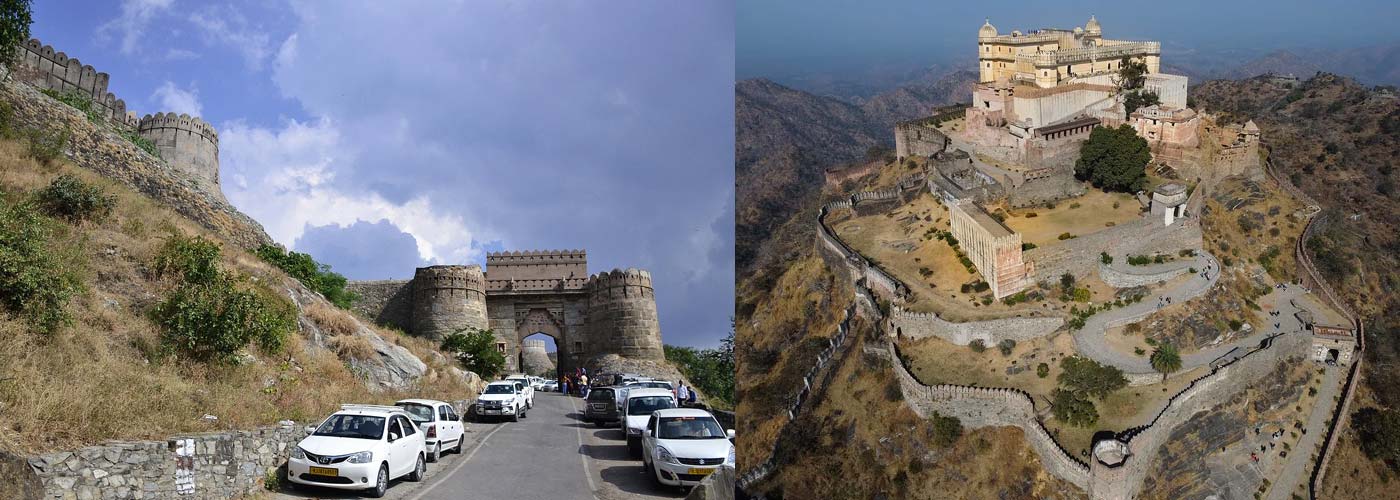One of the five hill forts in Rajasthan designated as a UNESCO World Heritage Site in 2013 is Kumbhalgarh Fort. The second-largest wall in the world, measuring 38 kilometres, is at Kumbhalgarh Fort in Rajasthan’s Rajsamand district, about 82 kilometres from Udaipur. At an elevation of 1,914 m, it is built on the foothills of the Aravalli ranges and is surrounded by thirteen of the ranges’ high peaks. A woodland that has been converted into a wildlife sanctuary surrounds the beautiful fort. After Chittorgarh Palace, it is the second-largest and most significant Mewar fort in Rajasthan.
The magnificent fort was constructed by Rana Kumbha in the 15th century between AD 1443 and 1458 during the rule of Mewar monarchs in Rajasthan, under the supervision of Mandan, a highly esteemed architect at the time. The original castle, which was credited to Samprati, a Jaina prince from the second century BC, was located exactly where the fort now stands. The Kumbhalgarh fort, which bears the name of King Kumbha, was deftly constructed on a hilltop to give the Mewar monarchs a strategic position from which to repel enemy attacks.
Maharana Pratap, one of the most powerful kings of Mewar, was also born at the fort. Rana Fateh Singh, one of the most renowned architects of the time, also built the Badal Mahal inside the fort. Some of the notable structures inside the magnificent fort include Badal Mahal, Kumbha Palace, Jain Temples, Baoris, Chhattris, water reservoirs, and Brahmanical architecture.

